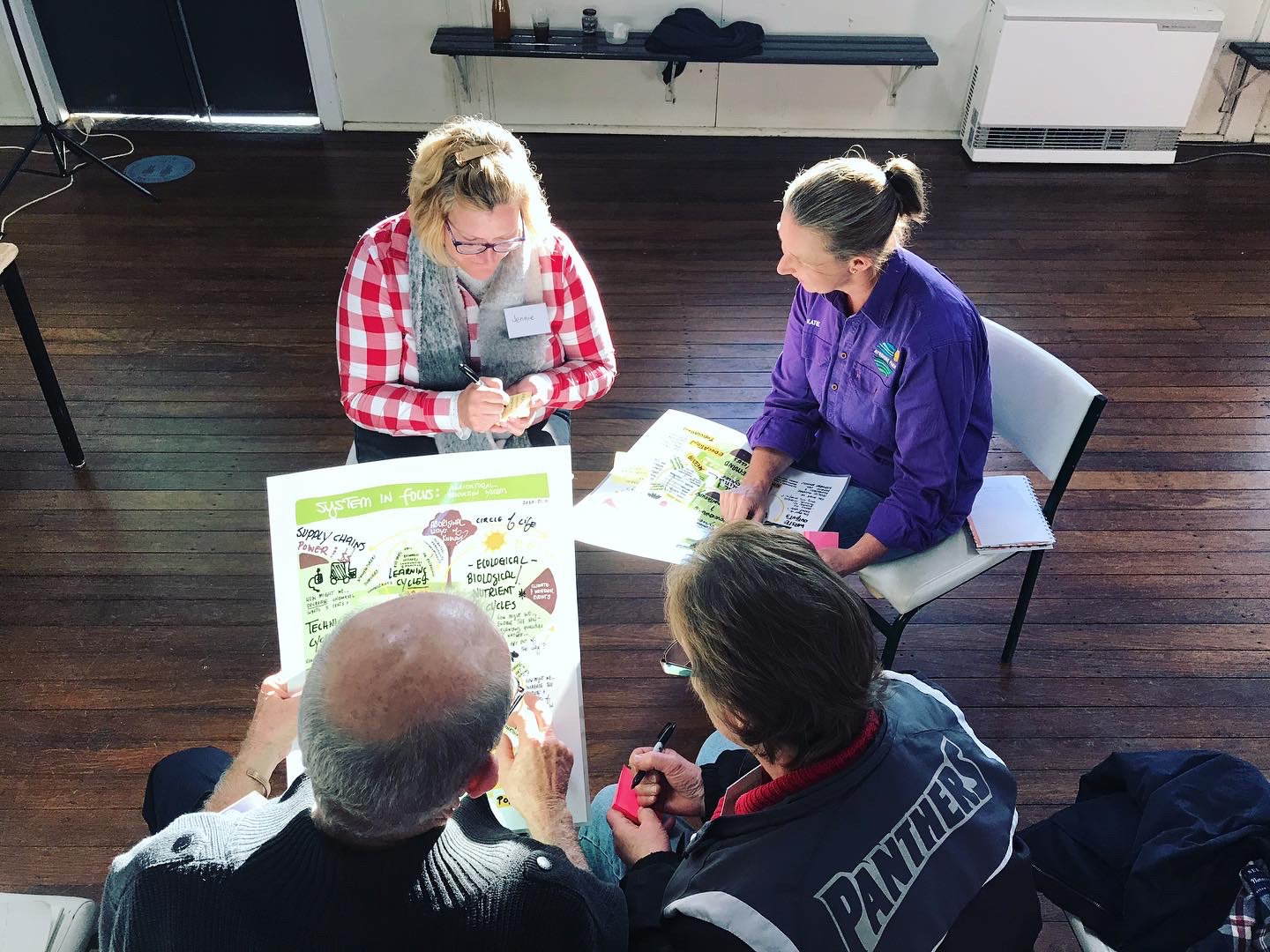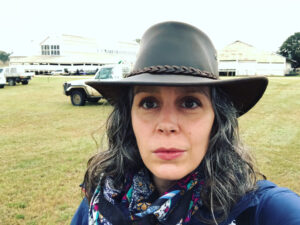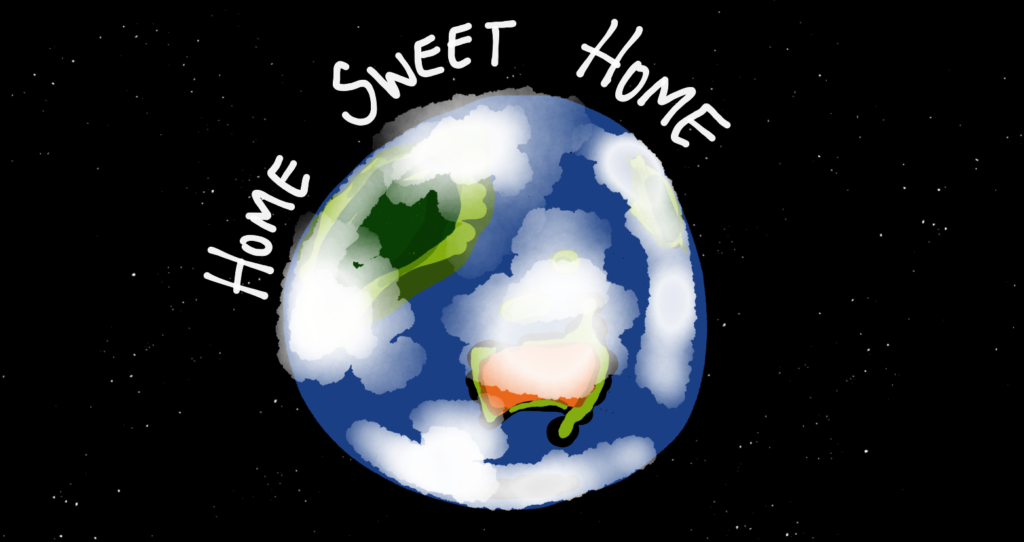
This website is a pantry for resources related to regenerative transitions and catalysing systems change, with particular attention to collaborative, co-creative, and design-based approaches. To get started, I will post content from my PhD here, including my Field Guide and explainers. More content will be added over time, stay tuned!
Read about my PhD research into regenerative agriculture transitions on the TransitionAg website.
The resources on this Transition.Kitchen site are for anyone interested in collaborative action for social, economic, and environmental sustainability for just and regenerative transitions.
About the prep chef (because we do the cooking all together)
Hello, my name is Dr Michelle Miller.
My work seeks to further action and insight for accelerating sustainability transitions. I seek to bring insight from transitions research together with the perspectives of industry, science, government and communities through design-experimentation, collaborative processes, generative tools, and transitions capacity-building to help people collectively develop the agency to materialize pathways to desirable futures, catalyze systems change, and progress transitions. I’m a research scientist at CSIRO (Canberra, Australia), and this website is a personal project. Any opinions expressed here are my own.

My research into regenerative transitions began with a journey in design practice.
In 2003, while working as a design manager for a graphics and packaging team at a product development company, I learned that it was possible for designers to contribute to social change for sustainability. At that time you couldn’t go to school for that kind of design, and “design thinking” was only just emerging as an approach to innovation. It was a time when the internet was just hitting its stride, businesses were being disrupted by digital technology, and corporates were embracing design because, as it turned out, empathising with your customers is good business.
I set out on a journey to develop the skills I would need to (eventually) do design for social change, and to learn what it would take for design to play a role in tackling sustainability as a global challenge. I wasn’t the only one on a journey. Over the past twenty+ years design has been finding its way into new arenas, learning from other areas like participatory methods, action research, and community-led development. To do this work, designers took up facilitative, integrative, and sense-making roles, helping people to see one another’s perspectives, understand the systems they contribute to, imagine alternative futures, and experiment to find out how to bring about change. Meanwhile, many other disciplines have engaged in similar work from different starting points. There is much to learn and connect, and it my hope to help equip others to do this work whilst I continue my ongoing journey of learning as well.

Along this journey, I have been privileged to be a part of these developments in design, starting with graphic design for product development and then through service design, participatory strategy, business design, lean startup, organisational development and transformation, social innovation, and now design for sustainability transitions. I have worked in commercial, government, institutional, philanthropic, non-profit and cross-sector settings. This has given me experience with a wide range of industries: agriculture, insurance, product development, media, telecommunications, infrastructure, public service, social services, community-led initiatives, science and more.
The consistent thread across my work over these years is a dedication to building capability and capacity to design for innovation and change, and a deep love of this amazing earth that we call home. This website is part of my work to put design in service of place, people, planet and all beings with whom we share this one wonderful and wild life.